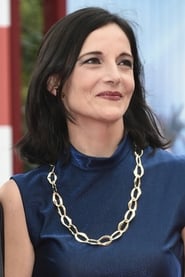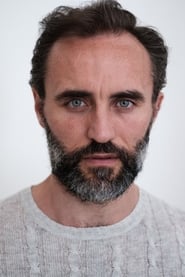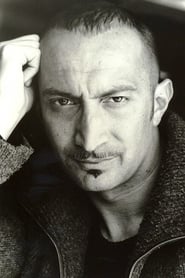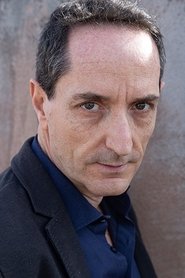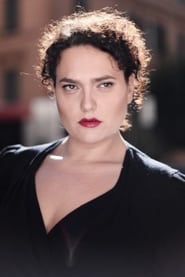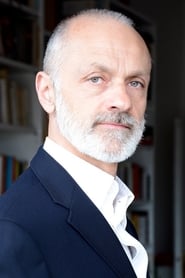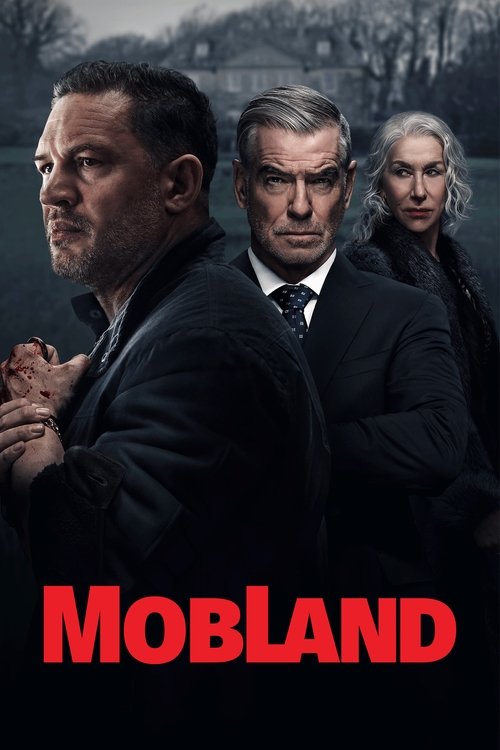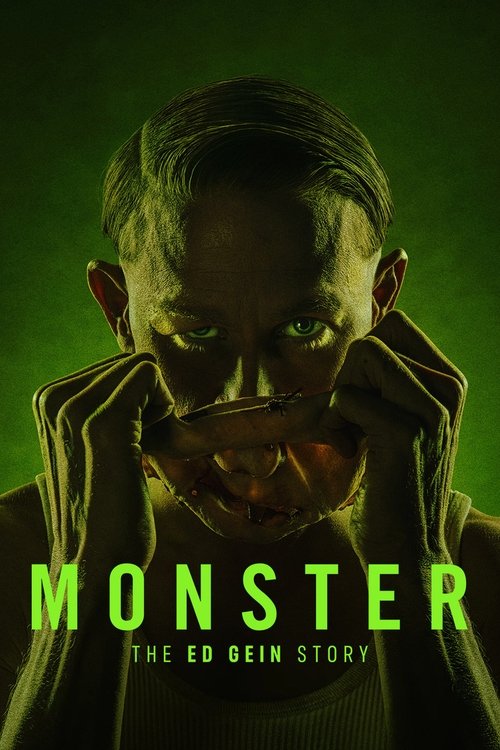
Ask Your Own Question
What is the plot?
Amanda Knox, a 20-year-old American exchange student, arrives in Perugia, Italy, in 2007, eager to immerse herself in Italian culture and study abroad. She moves into a cottage with her British roommate, Meredith Kercher, and quickly befriends her neighbors, including her Italian boyfriend, Raffaele Sollecito. The early episodes establish their daily routines, friendships, and the excitement of living in a foreign country, with Amanda often seen exploring the city, attending classes, and spending time with Raffaele.
On the morning of November 2, 2007, Amanda returns to the cottage after spending the night at Raffaele's apartment. She notices that Meredith is not home, but initially thinks little of it, assuming her roommate is out. Amanda takes a shower, only realizing something is wrong when she sees blood in the bathroom after she finishes. She becomes increasingly alarmed when she notices more disturbing signs, including something unsettling in the toilet. Her anxiety grows as she searches the house, eventually discovering that Meredith's bedroom door is locked. Amanda and Raffaele call the police, who arrive and break down the door, revealing Meredith's body inside. The scene is chaotic, with Amanda visibly shaken and confused, unable to comprehend what has happened.
The police immediately begin questioning Amanda and Raffaele, treating them as suspects rather than witnesses. Amanda, still in shock, struggles to provide clear answers, which the authorities interpret as suspicious behavior. The investigation quickly focuses on Amanda, with the media sensationalizing her every move and dubbing her "Foxy Knoxy." The police subject Amanda to intense, hours-long interrogations without a lawyer present. Under extreme pressure and sleep deprivation, Amanda makes a false statement implicating Patrick Lumumba, a local bar owner, in the murder. This accusation, which she later retracts, becomes a pivotal moment in the case, further complicating her situation.
Amanda and Raffaele are arrested and charged with Meredith's murder. The prosecution, led by an overzealous prosecutor, builds a case based on circumstantial evidence, media speculation, and Amanda's retracted confession. The trial becomes a media circus, with Amanda portrayed as a manipulative femme fatale. The series depicts the emotional toll on Amanda's family, particularly her mother, Edda Mellas, who tirelessly advocates for her daughter's innocence. Meanwhile, forensic evidence eventually points to Rudy Guede, a man with a criminal record, whose DNA is found at the crime scene. Despite this, Amanda and Raffaele are convicted and sentenced to lengthy prison terms.
Amanda is sent to an Italian prison, where she endures harsh conditions and isolation. She befriends a cellmate, Cecilia, who provides some emotional support. Amanda's family continues to fight for her release, hiring new lawyers and launching a public campaign to highlight flaws in the prosecution's case. The series shows Amanda's internal struggle, her moments of despair, and her determination to survive, often writing letters and reflecting on her situation.
After years of appeals, new forensic analysis, and international scrutiny, an Italian court overturns Amanda and Raffaele's convictions, citing lack of evidence and procedural errors. Amanda is released from prison and returns to the United States, where she faces continued public scrutiny and the challenge of rebuilding her life. The series concludes with Amanda returning to Italy years later, seeking closure and reconciliation with her former prosecutor, in an attempt to understand how the justice system failed her and to reclaim her narrative.
Throughout the series, key decisions by Amanda--such as her initial cooperation with police, her false accusation under duress, and her later refusal to give up--drive the story forward. The actions of the authorities, the media, and Amanda's family are depicted in detail, showing how each contributed to the unfolding of events. The series does not focus on solving the crime, but rather on the process by which Amanda was wrongfully convicted and her fight to prove her innocence.
What is the ending?
The ending of The Twisted Tale of Amanda Knox miniseries shows Amanda Knox, now an author, wife, and mother, confronting prosecutor Giuliano Mignini in a church in Italy. This meeting symbolizes her facing the man who profoundly affected her life. The series closes by revealing the complex humanity of all involved, including Amanda and Mignini, moving beyond the tabloid caricatures. Amanda's family worries about her safety, but she willingly faces this confrontation, underscoring her ongoing struggle with the aftermath of her wrongful conviction.
Expanding on the ending scene by scene:
The finale opens with Amanda Knox in 2022, returning to Italy after years of legal battles and public scrutiny. She is shown as a changed woman--an author and mother--carrying the weight of her past but determined to reclaim her narrative. The scene shifts to her entering a quiet church, a solemn and symbolic setting, where she is to meet Giuliano Mignini, the prosecutor who relentlessly pursued her during the murder investigation of Meredith Kercher.
As Amanda walks into the church, the atmosphere is tense but reflective. The camera lingers on her face, showing a mixture of resolve and vulnerability. The scene cuts to Mignini waiting inside, a man portrayed not as a villain but as someone burdened by personal demons and complexities. Their meeting is quiet, charged with unspoken history. Amanda confronts him not with anger but with a desire to understand and perhaps find closure.
Interspersed with this present-day meeting are flashbacks to the harrowing interrogations Amanda endured in 2007. These scenes depict the psychological and physical pressure she faced, including sleep deprivation and mistranslations, which led to her false confession implicating Patrick Lumumba. The series shows the intense manipulation by police and the media circus that followed, painting a vivid picture of how Amanda was vilified and misunderstood.
The narrative then follows Amanda's life after her release--her struggle to reintegrate into society, the permanent damage to her reputation, and her search for purpose. Scenes show her engaging with other exonerees, highlighting a community of shared trauma and resilience. The series does not shy away from the ongoing legal challenges and the media's relentless attention.
The final moments return to the church, where Amanda and Mignini share a quiet, complex exchange. The series emphasizes that neither is simply a hero or villain; Amanda is not the "sex-crazed monster" Mignini once portrayed, and Mignini is not the bloodthirsty misogynist his critics claimed. This nuanced portrayal underscores the theme that everyone involved is more complicated than the headlines suggested.
Regarding the fate of the main characters at the story's end:
- Amanda Knox is free, living a life as an author, wife, and mother, still grappling with the scars of her wrongful conviction but actively confronting her past.
- Giuliano Mignini, the prosecutor, remains a figure marked by his role in the case but is shown as a man with personal struggles rather than a one-dimensional antagonist.
- Raffaele Sollecito, Amanda's former boyfriend and co-defendant, appears in the series' coda, sharing his own battle scars, symbolizing the shared trauma of the ordeal.
- Patrick Lumumba, falsely implicated by Amanda's coerced confession, is referenced in the flashbacks but his fate after the case is not detailed in the finale.
The series closes on a note of unresolved tension but also of human complexity, refusing a simplistic resolution and instead portraying the enduring impact of the case on all involved.
Is there a post-credit scene?
The TV miniseries The Twisted Tale of Amanda Knox (2025) does not have any publicly noted or described post-credit scene. None of the available sources, including official trailers, reviews, or episode summaries, mention or describe a post-credit scene for this series.
The series consists of eight episodes and focuses on Amanda Knox's wrongful imprisonment and her fight to prove her innocence, but no information about additional scenes after the credits is provided in the available materials.
What are the key scenes depicting Amanda Knox's interrogations in the series?
The series shows a pair of nightmarish, physically and psychologically violent marathon interrogations where Amanda Knox is pressured by investigators. These scenes highlight how Amanda, who was not fluent in Italian and lacked an adequate translator, was manipulated, including a moment where Raffaele Sollecito is coerced into destroying her alibi and Amanda implicates Patrick Lumumba, the bar owner where she worked, before quickly recanting the accusation.
How is Amanda Knox's relationship with the prison priest portrayed?
Amanda Knox, an avowed atheist, develops a thoughtful and emotionally significant relationship with Don Saulo Scarabattoli, the prison's open-minded in-house priest. He advises her when she is near despair over a possible life sentence, telling her, 'You can serve humanity even if it doesn't serve you,' which shapes her future outlook.
What role does Amanda Knox's mother, Edda Mellas, play in the story?
Edda Mellas, portrayed by Sharon Horgan, arrives in Italy to support Amanda during her incarceration. Although the series attempts to raise emotional stakes with her presence, much of the dialogue involving Edda is described as gloomy exposition rather than deeply emotional scenes.
How are the language barriers and cultural misunderstandings depicted in the series?
The bilingual scripts effectively demonstrate how the language barrier exacerbated Amanda Knox's predicament during the investigation and interrogations. Her limited Italian fluency and the lack of an adequate translator contribute to misunderstandings and difficulties in her defense.
What is shown about the legal process and Amanda Knox's imprisonment?
The middle portion of the series covers the years of legal wrangling and incarceration, showing Amanda and Raffaele being found guilty and serving four years before their convictions are overturned due to lack of reliable physical evidence. This section is described as somewhat laborious but details the challenges they faced in the Italian justice system.
Is this family friendly?
The Twisted Tale of Amanda Knox is a miniseries that may not be suitable for all ages due to its mature themes and content. Here are some aspects that could be objectionable or upsetting for children or sensitive viewers:
- Violence & Gore: The series involves a murder investigation, which may include scenes of violence or gore, though specific details are not provided.
- Sex & Nudity: There is no detailed information available, but given the context of the story, some scenes might involve mature themes.
- Profanity: The series likely includes profanity, as it is common in many adult dramas.
- Alcohol, Drugs & Smoking: These elements are often present in dramas involving young adults, especially in a study abroad setting.
- Frightening & Intense Scenes: The show explores Amanda Knox's wrongful imprisonment and her fight for innocence, which can be emotionally intense and distressing.
- Mature Themes: The series delves into themes of injustice, wrongful accusation, and the psychological impact of such experiences, which can be disturbing for sensitive viewers.
Overall, while specific scenes are not detailed, the nature of the story suggests that it is geared towards a mature audience.











